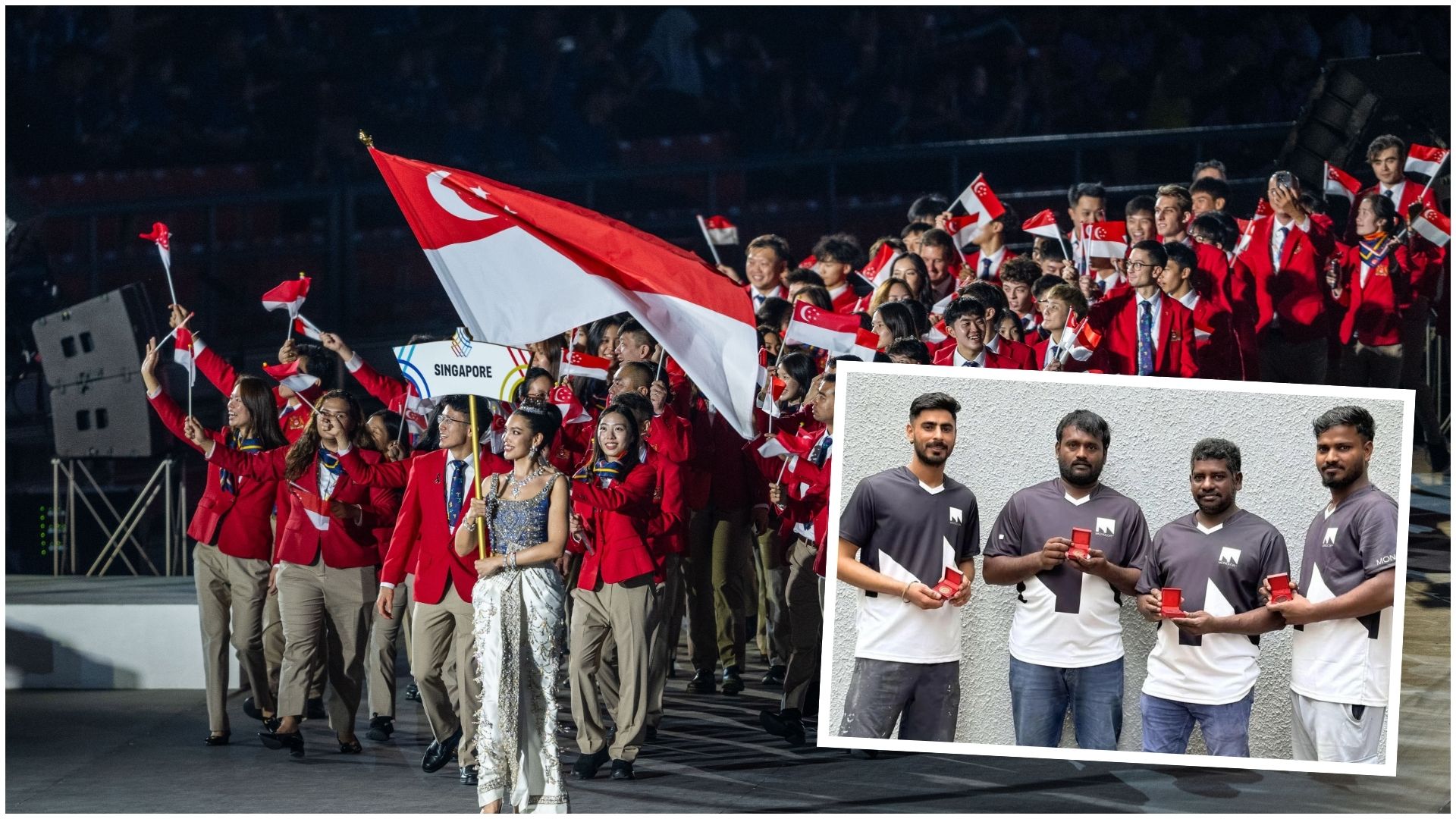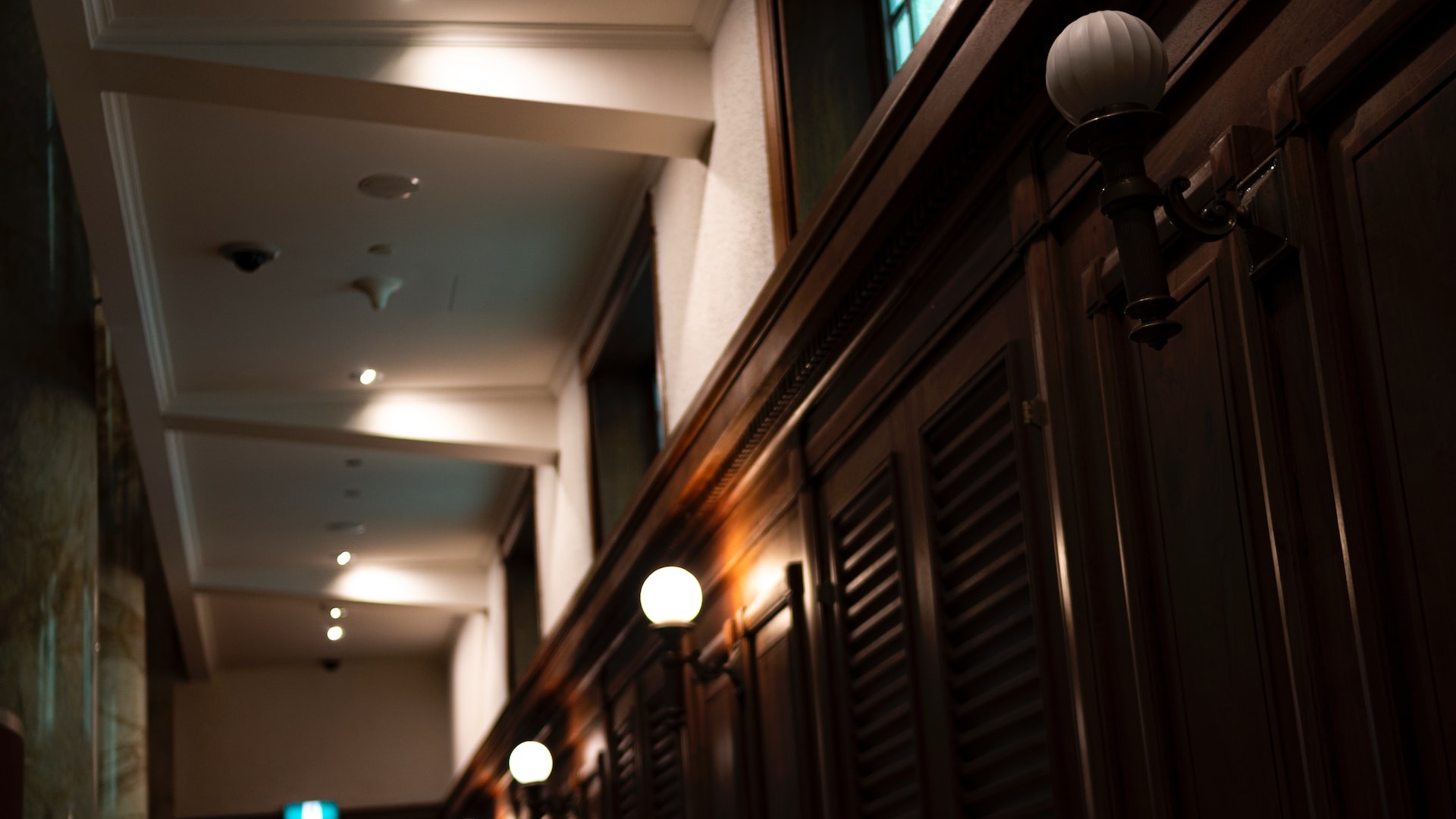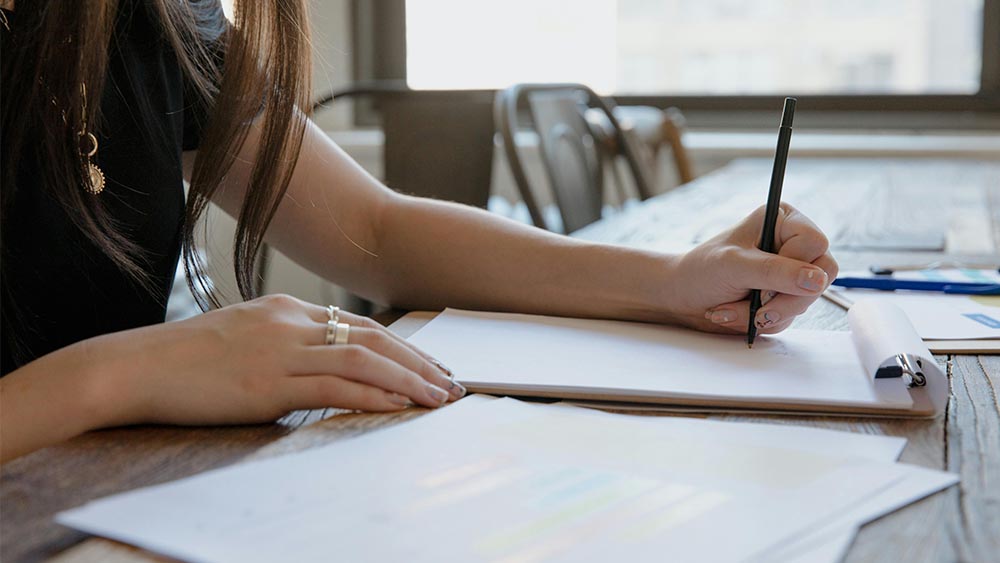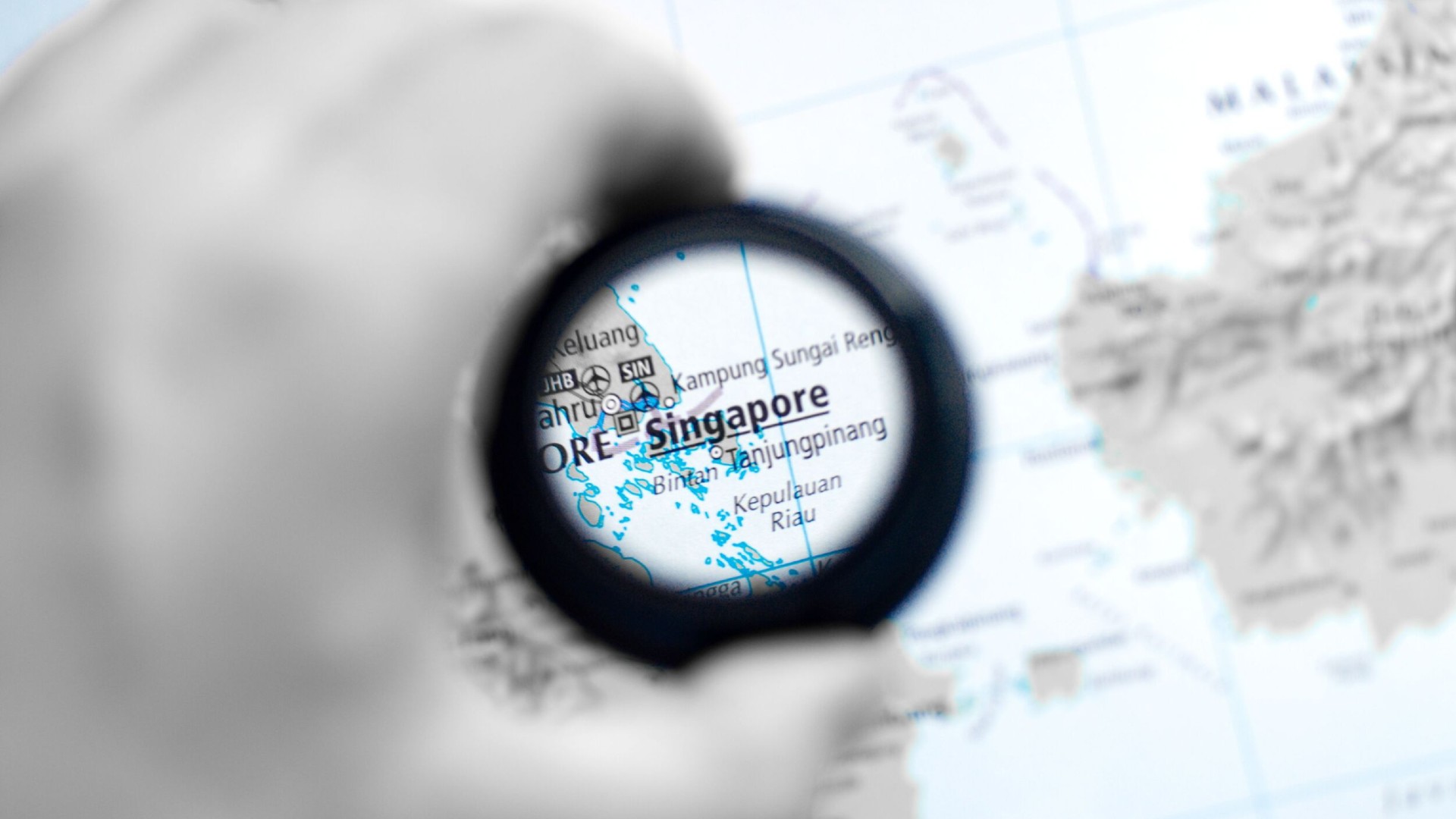Singapore Sign Language - A Mode Of Communication That's Uniquely SG Leh!
Bo chap, orbi good, and so shiok – Did you know that you can say these everyday Singlish terms in sign language?
Fun fact: there is no universal sign language. In reality, there are more than 300 variations around the world as each sign language comes with its own cultural influences.
Today (23 Sep) is the International Day of Sign Languages. According to the United Nations, it is "a unique opportunity to support and protect the linguistic identity and cultural diversity of all Deaf people and other sign language users".
Our foreign friends may know American Sign Language (ASL) or British Sign Language (BSL), but here on our Little Red Dot, the Deaf and hard-of-hearing community communicate in Singapore Sign Language (SgSL).
What is the difference between a person who is “deaf” or “hard-of-hearing”?
On the Singapore Association for the Deaf (SADeaf) website:
- “deaf” refers to a person with any degree of hearing in one or both ears, and does not account for his or her preferred communication mode.
- “Deaf” with a capital “D” refers to someone from the Deaf community who prefers to use sign language to communicate.
- “Hard-of-hearing” usually refers to a person with hearing loss after he or she has learnt to speak, and who prefers to communicate via speech.
What is Singapore Sign Language (SgSL)?
The name “Singapore Sign Language” was coined by Andrew Tay in 2008. According to him, SgSL defines the core of cultural deaf identity and communication in the Singapore deaf community. Andrew is a Deaf interpreter with more than a decade of experience teaching sign language, and is the founder of the SgSL Now! Facebook and Telegram groups.
SgSL is influenced by other sign languages: Shanghainese Sign Language (SSL), American Sign Language (ASL), and English (Signed Exact English II).
The history of SgSL can be traced all the way back to 1951 when Peng Tsu Ying started teaching deaf children SSL in their homes. The pioneer Deaf educator opened the Singapore Chinese Sign School in 1954.
How are Singlish words, or other Singapore-specific names like "Marina Bay Sands" developed for SgSL?
These words were thought up by members of the Singapore Deaf community. According to SADeaf, the creation of new sign languages takes into account the physical qualities of the word and how the word is spoken out loud.
I want to learn SgSL! Where can I do so?
You can take SgSL courses at SADeaf. Students learn through a “no voice” teaching method, using classroom instruction, role-play, storytelling and hand-outs.
There are four levels to the course. In Level One, you attend 12 lessons (two hours each) to learn the basics. It is $200 for non-members, and $170 for members for the in-person course. Click here to learn more.
Another place you can learn SgSL is at Equal Dreams, a social business that provides consultancy and services for disability inclusion and accessibility. Fill up this form to be the first to know when the next scheduled intake is. Fees start from $260 for early bird signups.
You can also learn SgSL at ExtraOrdinary Horizons, a Deaf-owned learning centre. Their SgSL 101 Course costs $250 per person f. Click here for more info on their courses.
Got free classes ah?
If you want to learn the basics of SgSL, check out Lily Goh’s YouTube channel. (Read our piece on Lily here). Lily manages ExtraOrdinary Horizons, and took part in this year’s NDP with a deaf music rendition of the NDP 2022 theme song "Stronger Together".
The Singapore Association for the Deaf also shows how to sign common words on their YouTube channel.
For the latest updates on Wonderwall.sg, be sure to follow us on Facebook, Instagram and Telegram. If you have a story idea for us, email us at [email protected].











